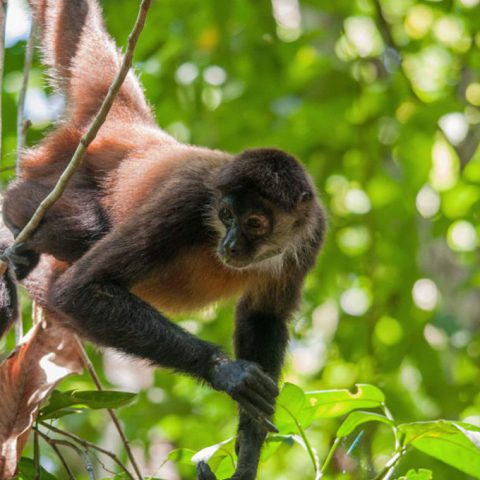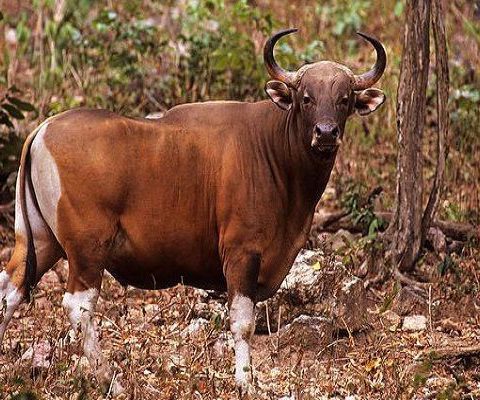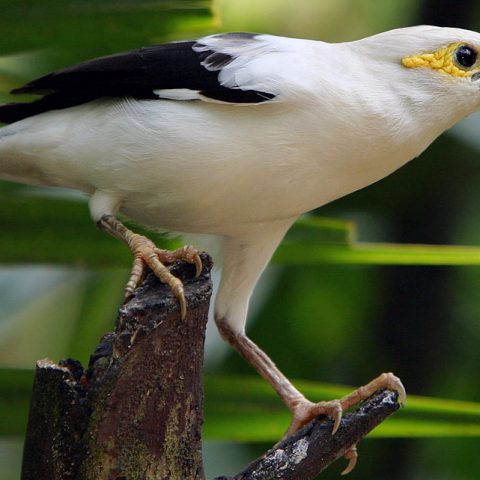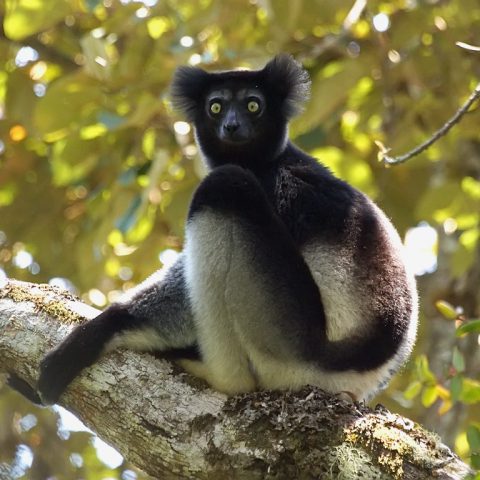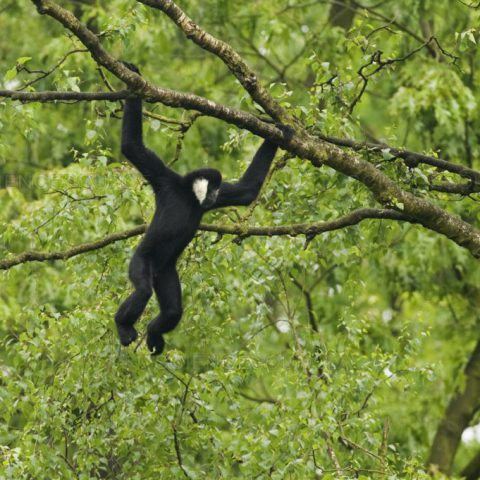Orange Bellied Parrot
![]() Critically Endangered
Critically Endangered
Population
The wild population was known to be 14 individuals as of the start of 2017. There is a captive breeding population of around 200
Size
20 centimetres long
Weight
The species on average weighs around 46 grams
Countries
Australia
Distribution
The Orange Bellied Parrot is one of three migratory parrots and breeds solely in the Southwest of Tasmania. The species then migrates across Bass Strait, often stopping at Lake Flannigan on King Island and then continues on to spend its winters in South-eastern Australia in places aroud Port Phillip Bay, Werribee, Swan Island, Swan Bay and Lake Victoria with also recent sitings in South Australia.
Description
Some descriptive features of the Orange Bellied Parrot include:
- The adult male has bright green head, neck and underbelly with a yellow-green breast and flanks with the tips becoming a lime green. The species has a blue band along the ends of its feathers. As the name suggests the species has a small (around 2 centimetres) orange patch of their belly.
- The underwings are blue feathers
- The adult female has darker colours




Quick Facts
The behaviour of the Orange Bellied Parrot includes:
- The Orange Bellied Parrot are monogamous, but will take a new mate if one has died
- The species can breed in the first year of its life
- Breeding is restricted to southwestern Tasmania, generally within 20 kilometres of Melaleuca. The birds arrive in early October and begin looking for suitable nesting sites with breeding occurring between November and February.
- Nesting occurs in hollows of Smithton peppermint trees. The male ventures to around 3 kilometres away from the nest while the female incubates the eggs
- The species makes low pitched calls while feeding
- The species roosts in trees at night around 1 kilometre away from feeding sites
The diet of the Orange Bellied Parrot consists of:
- Beaded Glasswort
- Shrubby Glasswort
- Seeds of coast fescue, saltbush, Austral seablite and sea heath
- Berries
The habitat of the Orange Bellied Parrot consists of Salt marsh habitat, while when breeding the species prefers eucalyptus trees which border button grass moors.
The main threats to the existence of the Mountain Pygmy Possum are:
- Population Isolation and fragmentation
- Climate Change
- Habitat destruction – especially for ski resorts and snow fields
- Feral cats and red foxes
- Threats to the Boggong Moths, the species primary food source
Conservation Efforts
A captive breeding program is in place which is have decent success in breeding the species at locations of Taroona, Healesville Sanctuary and Adelaide Zoo. The program is successfully breeding fledglings with an aim to release them into the wild.



